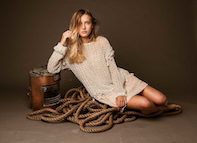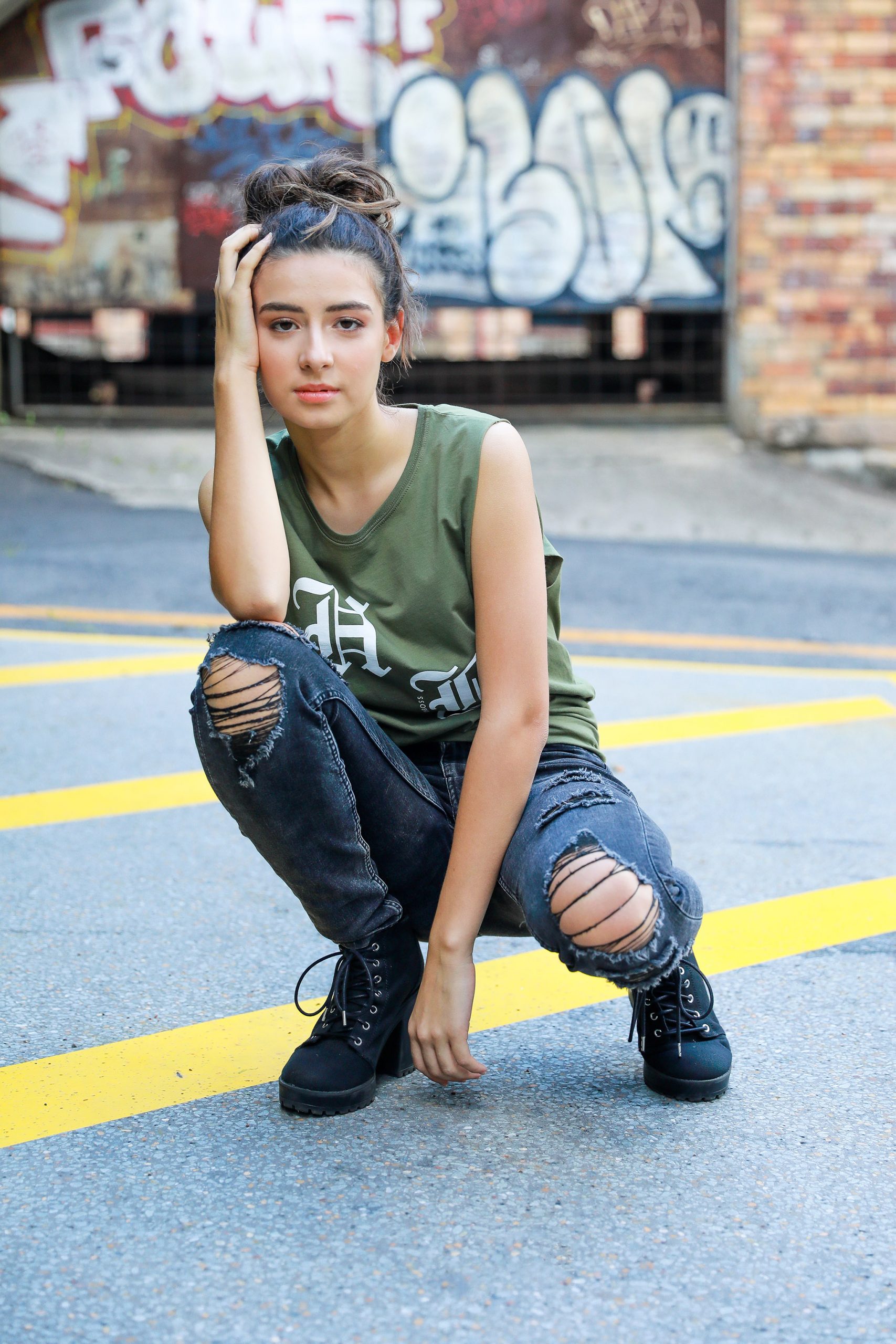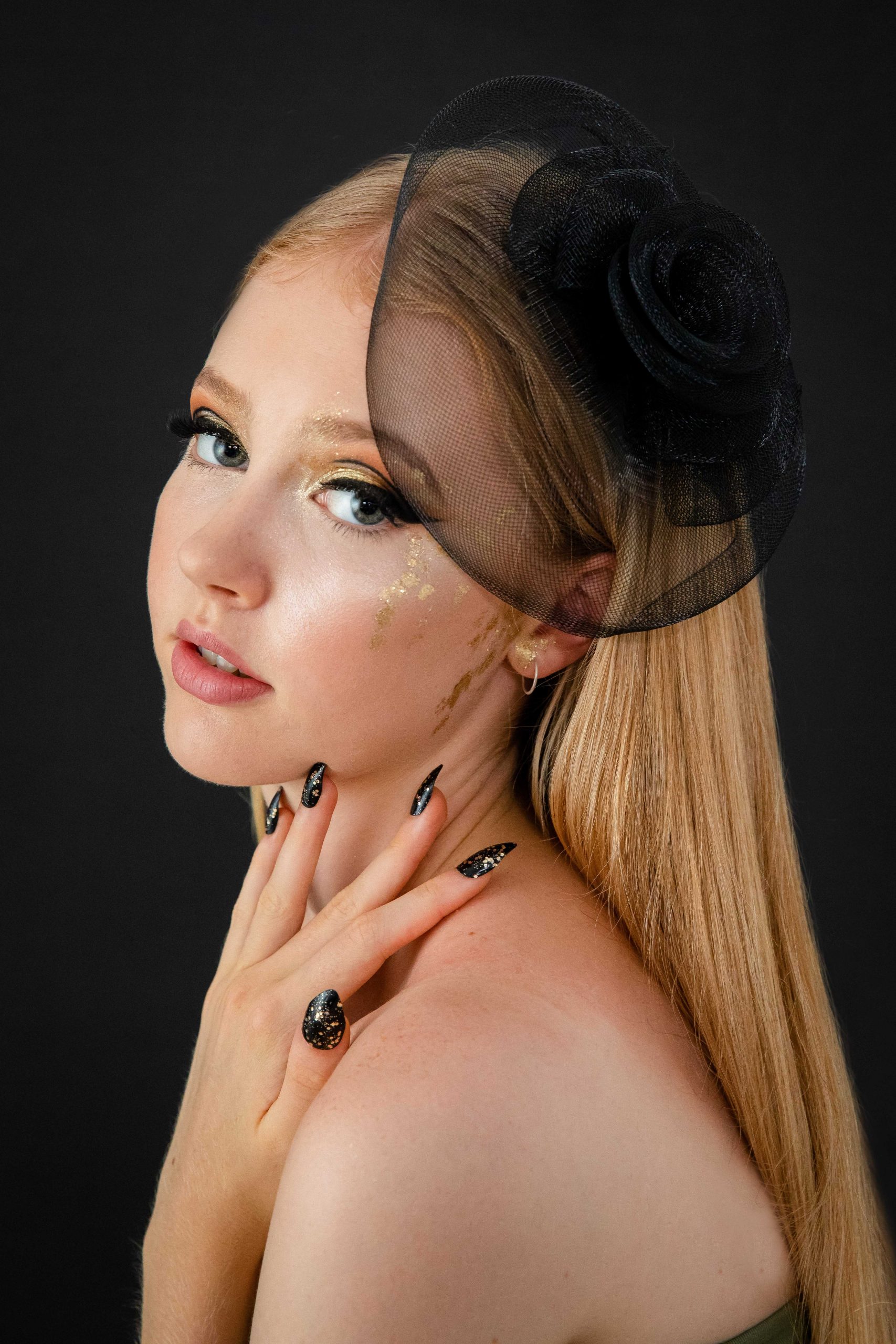Just How to Master Product Photography
What we're discussing
Product photography, or ecommerce photography as it's occasionally understood, is primarily what it seems like: images taken as well as used on internet sites as well as social networks systems to aid drive sales of your service or product. Given the increase of shopping online, the selection of products and also brands offered to consumers in any provided group can be large-- indicating the photos that illustrate what you're selling and also why it deserves getting are a fundamental facet for any type of company marketing online.
Why it is very important
There's much more to product photography than showing possible consumers what your product resembles. Well-considered pictures can place your product in context, assisting a consumer see just how it could suit their own life. Actually, scientists located that dazzling as well as thorough images of a product boosts a consumer's emotional feeling of ownership of that product. Photography can also assist boost your brand, enhancing campaign photography what you represent as well as what you're all about. Every one of these things raise the possibility of motivating a purchase.
Taking pictures that supply context and also construct your brand does not always call for a great deal of fancy tools or a professional photographer-- though those two points can help. You just need to analyze your goals when it pertains to photography as well as invest some time as well as power right into bringing those suggestions to life.

Things to note
Various kinds of images offer different objectives. One photo does not fit all. For simply one product you could need several pictures: typical product shots on a white background to use on industries; well-known product shots to use on your own website or social channels; way of life shots that show the product in use or in an aspirational setup; information shots that record key elements or functions you want to highlight; and also behind-the-scenes pictures that record the process behind the product.
Concentrate on your illumination. Lighting, not the electronic camera, is what will certainly make or break an image. If you do not have a great deal of expensive gear, you're mosting likely to wish to work with all-natural lights, so locate a place near a huge window to shoot and wait until the brightest time of day. Diffused lights ( also known as soft and even) is the objective, and to stay clear of extra-bright places or super-dark darkness you can use white foam board from your local art shop to mirror light onto your product.
Uniformity is essential. To make certain all your products are connected with your brand name, ensure the means you photo them is fairly constant. All your product pictures should be shot from the very same angle and also range, and all way of living shots need to have a comparable tone and colour scheme. Consider what you wish to achieve below, as well as once you handle it, attempt to ensure other pictures you absorb the future appearance similar.
You don't require a professional to take pro shots. Sure, a expensive DSLR electronic camera and seasoned eye will make obtaining lovely product pictures simpler, however you can still get to a good area doing it yourself with a little interest to detail and some standard devices. Make use of the most effective cam you have handy (this could be on a smart device, which is absolutely fine), a tripod to keep points stable, some fundamental poster board or large sheets of paper to use as backdrops and white foam board to diffuse and you'll be a in a suitable starting setting to get some terrific shots.
Exactly how to shoot images of your product
1. Make a state of mind board. Do not miss this step. Take a while to collect photos that record the feel and look you intend to replicate in your images. Research the angles used, the props in position as well as the colours and also tones of the photos that inspire you as well as search for patterns in the things you're drawn to. The notes you make right here will certainly assist you determine what to choose when styling and also firing your own images.
2. Determine what you need. Make a checklist of all the images you want for each and every product. At minimum, this need to probably include a few simple product shots (that show the thing from various vital angles) on a neutral background; some even more fun product shots that align better with your brand; and lifestyle shots to put the product in context for your consumer.
3. Set the scene. Perfect your established on shoot day. Choose a time get more info of day when you have accessibility to all-natural light and also established your location ( perhaps a table near a huge home window) with background papers and also props as required. You can use Blu Tack or tape to keep points in position-- take some time to make sure the set up works for your pictures.
4. Take and take back photos. Time to shoot! It will most likely take a number of shots to get the shot exactly right, so do not be afraid to take multiple photos of the very same setup at the very same angle. Make sure to quit and examine to see what the photos look like and also take note of the information. Is the illumination even or are any kind of key attributes obscured by darkness or highlights? Exist any distractions within your frame that might not have the ability to be edited or cropped out later? See to it you record all the shots you listed out when planning your photoshoot.
5. Make edits and choices. Undergo all the images you took and also select 1 or 2 images of each type for each and every product that work the very best. Limit the ones you intend on using to showcase your product online, after that make edits to help all the pictures look consistent. Once more, no professional abilities essential-- standard software on your phone or computer system can assist crop out disruptive components and adjust points like comparison and also direct exposure to assist make sure the product is shown clearly.
6. Optimise photos for the web. Before using your images online, ensure they are sized appropriately-- both in terms of element proportion (the percentages of the images) and resolution ( the number of pixels produce the image) for the system you're publishing on. Different social media systems or website formats commonly utilize different sizes as well as specifications (check out this convenient cheat sheet). You'll require to make sure the photo is of good-enough quality so it isn't blurred, but has a tiny enough data dimension to make it load rapidly. Finally, see to it pictures are called descriptively, so online search engine can bring them up when people search for products like the ones imagined in your images.
Trick takeaways
• You'll desire a couple of various designs of images for each of your products-- there are likely to be multiple objectives you'll need your photography to meet.


• Lighting is crucial-- shooting near a home window at a bright time of day can make a large difference.